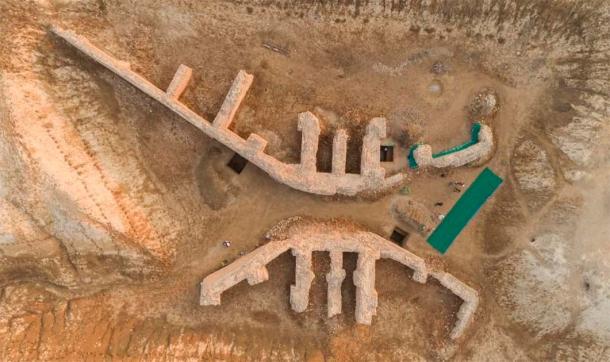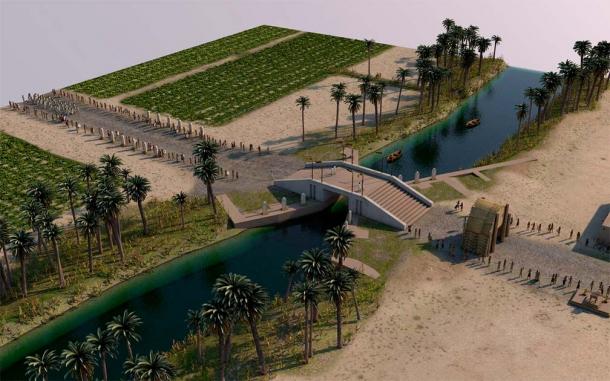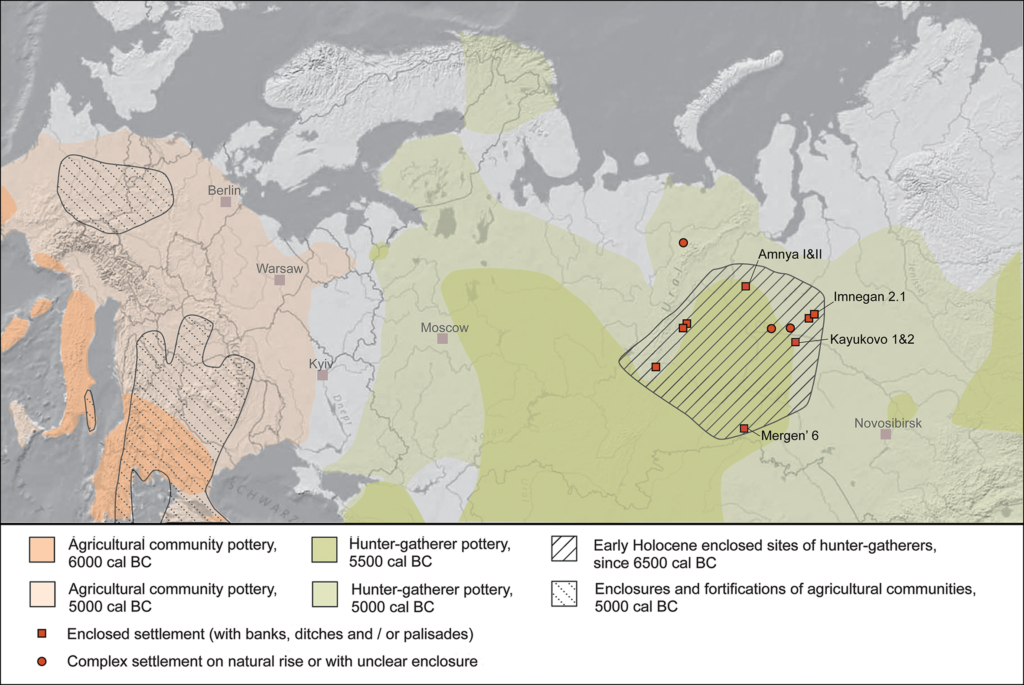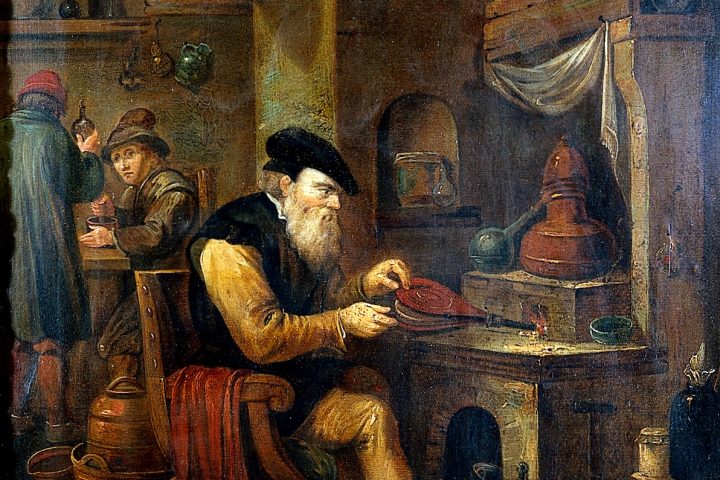After my recent post about worldbuilding advice based on historical examples I came across some news archeological news that I thought was both interesting and tied into what I’d written about. I want to share those with you today.
And at the end of my post I also have some news if you’re looking for cheap or free fantasy stories!
Hydrate
The first consideration I mentioned was water and it’s the following discovery that prompted me to start this post. In South Iraq, in the ancient city of Girsu, British archeologists working together with a local team discovered an impressive feat of hydrological engineering.
To the ancient Sumerians the management and distribution of water to their fields was of critical importance. Without it, their crops would die in the hot, dry climate. But that same heat threatened to evaporate the water in their channels before it even reached their fields. A problem at the best of times, but an apocalyptic threat during a drought.
The people of Girsu came up with an ingenious solution for this problem based on the principle that faster flowing water wouldn’t evaporate as fast. But increasing the speed of the water on the flat plains of what is now Iraq can’t be done by using a steeper water course and neither was getting more water.
So instead they built this.

It is a flume, but one that uses the Venturi effect. Wikipedia goes deeper into this, but basically water increases in velocity as it flows through a constriction. It is a good reminder that even when people believe they live in a world filled with supernatural influences, they will also use what we consider more practical solutions to their problems.
What makes this site even more interesting is that spanning this narrow part of the channel is the world’s oldest known bridge.

Cereals
From the hot flood plains of Mesopotamia we now head north all the way to Western Norway where archeologists discovered a 4,000 year old tomb near the town of Selje. And yes, both this and the above construction are roughly of the same age.
But while the people of Girsu were trying to maintain their agricultural way of life, up in Norway the idea of preparing a field for the sole purpose of growing domesticated plants was only just taking root.
The find in question is the first stone box burial found in Western Norway. The stone box was four meters long and two meters wide and contained the remains of five people; usually a burial of this type is meant for one person.
Of these five remains, so far it has been determined that one belonged to an older man with arthritis, one was a two-year old child, and the third person was a young woman. No DNA testing has been done yet so we don’t know if they were related and whether these people were native to the region or immigrants from the east where agriculture had been taken up centuries before.
What ties this find to the advent of agriculture are both the burial itself which is associated with agricultural sites elsewhere and the discovery of a stone sickle at the site though not in the stone box itself.
Given all the indications people were living at the site, I imagine it might be a similar situation as what archeologists found at Çatalhöyük. Certain cultures preferred not to set aside their ancestors in special areas like a cemetery, but keep them nearby. Perhaps as a physical connection to their ancestors, though that’s pure speculation on my part.
Location, Location, Location
The third consideration I mentioned in my post on city building was fuel. Unfortunately, no recent news regarding that theme has come out that I’m aware of so instead I’ll dedicate this last item to the consideration that can supersede all others. Why do people decide to live in a particular place?
German archeologists together with an international team have discovered evidence of several settlements in what is now Siberia that date back to 8,000 years ago. This is well before the arrival of agriculture in the region, yet these hunter-gatherers not only lived in fixed settlements but also saw reason to construct fortifications to defend them.

As you can see on the map these settlements appeared far inland. There are other examples of non-agricultural communities that live in permanent or semi-permanent settlements but those tend to have access to the abundance the sea can provide.
These Siberian fortresses were built on high ground. The defensive qualities were then enhanced using earthen walls and wooden palisades. Within the enclosure were pit-houses, which are dwellings that are partially buried into the earth.
These finds are yet another reminder that humans have tried and thrived in a variety of different modes of living.
Season of Giving
As I promised at the start of this post, I’ll now reveal what I meant with free fantasy books. Each year the indie author Bryce O’Connor holds a charity event in which several hundred indie authors discount or even give away their books for free and for each book thus bought or downloaded the author makes a donation to a good cause.
This year is no different, except that I’ll be participating as well!
For every copy of The Living Sword sold on either December 26th & 27th I’ll be donating $ 0.02 USD to Mary Cariola Children’s Center. And I’m also participating in Smashwords 2023 End of Year Sale, where not only The Living Sword but it’s sequels are half off.
You can find all the participating books on /r fantasy when the event kicks off on the 26th so head on over to reddit on that day or the 27th. Or head to Smashwords for their End of Year Sale going on right now to get The Living Sword 2 or 3 if you already have the first one. That sale ends on the 1st of January 2023.
So let me know if you’re excited about the Megasale or maybe share your thoughts on this archeological news?





